
Outside the Vines: The Scent of a Consumer

At Aroma Workshop in Chicago, one does not simply walk in and pick a scent to produce a custom fragrance (unless you have done this before) without discovering what scent really resonates with you. There is an art to it, a technique.
Tedd Neenan discovered his passion for making perfumes and colognes after working with his brother who owned a similar store in Missouri.
“I helped him expand his operation, worked for him for a few years and when I wanted to live in Chicago I took the idea up here,” he says.
Neenan and his wife opened Aroma Workshop 22 years ago. Neenan says you won’t find many custom perfume operations because of the training it takes to be a perfumer. Every staff member at Aroma Workshop was personally trained on site to be a perfumer.
A Guided Scent
Part of being a skilled perfumer is being able to guide customers so that they can successfully concoct a scent that’s the right fit for them. It’s all about knowing which questions to ask.
“People usually aren’t verbally connected to what word they use to describe what they like in a fragrance,” Neenan explains. “Some people might come in and say, ‘I like really fruity fragrances,’ but a lot of people aren’t even that [verbally] sophisticated. They just kind of know that they like a certain type of scent.”
As customers begin to smell certain fragrances, Neenan says they will start to identify things they like, giving the perfumers some clues as to what scents might be a good fit for them.
“With that knowledge we start asking them questions about things that would help us start to fill in the blanks,” Neenan says. “But really at the very beginning we just leave people alone and let them wander around smelling from the tester bar. A lot of times what’s happening is they are identifying scents from memory that appeal to them. They might not be able to pick out lilac, but they just like it.”
After that, Neenan says, it really is up to the perfumer to help the whole process along.
Besides having a technique to identify which scents are right for a customer, there is also a style for how to smell each fragrance.
“You can wave [the scent strip] or you can simply draw it underneath your nose,” Neenan says. “The idea is you are creating a little vortex of scent molecules that will travel up the nose and accelerate the molecules. If you draw the tester strip across under your nose, you have the possibility of drawing in more fragrance molecules.”
Four tester bars are available for customers with about 80 fragrances on each bar to choose from. The scents are divided into families of fragrances: floral flavors or gourmand, citrusy fresh, nature woody scents and fragrances of skin.
“We will ask people to identify eight to 10 of these fragrances that they like, that just appeal to them for whatever reason,” Neenan says. “Once we get a feel for the kinds of things they like, we will start making suggestions and showing them combinations of three or four of the scents that they picked out and that will become their signature fragrance.”
The process takes 40 to 60 minutes and the customer ends up with a fragrance that usually contains three or four scents, or sometimes even up to seven.
If the Scent Fits
Once a signature scent is identified, customers can purchase the scent in a roll-on form or a spray that has a cologne base added to the oil to make an Eau de Parfum for women or cologne for men. Custom-scented lotion, shower gel, linen or room spray are also crafted.
Neenan feels that room scents can be beneficial in the home and at retail.
“I know that one thing about smell is that if everyone is smelling the same thing, it causes a group experience to happen kind of subliminally,” he explains. “That might be the reason for a retail place to encourage that sense of smell, or at least control it. It gets everyone on the same wavelength.”
At Aroma Workshop, bottles are chosen based on preference, the most popular one containing an antique style bulb on the side. The customers can choose what they want to call their fragrance and then it is engraved on the bottle along with their name.
If making a custom fragrance sounds appealing, but you have little knowledge on the topic, no need to fret. That is what the perfumers are there for.
“Someone is going to be talking to you; it’s not just you poking through and finding the right fragrance,” Neenan says. “You can expect to be working with someone in the store the minute you walk in.”

Aroma Workshop in Chicago discovers it’s all about asking the right questions to help customers have a personalized experience.


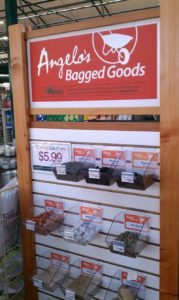
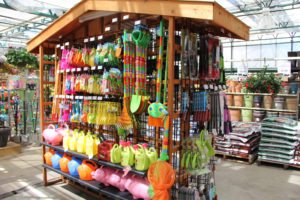
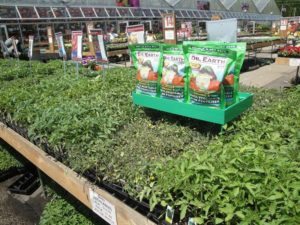
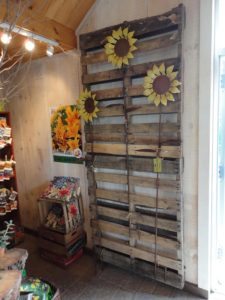
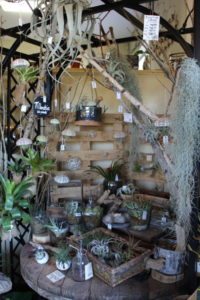


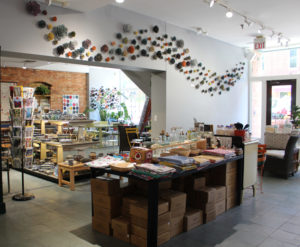
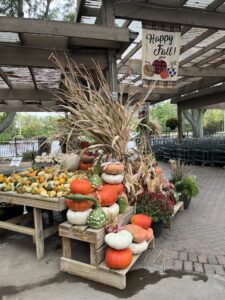
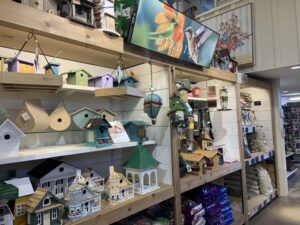
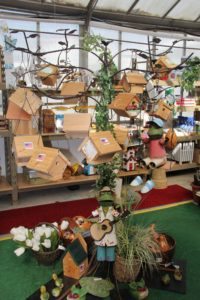
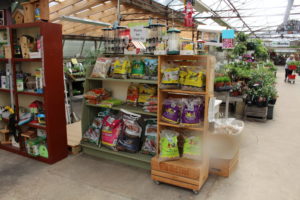
 Videos
Videos





